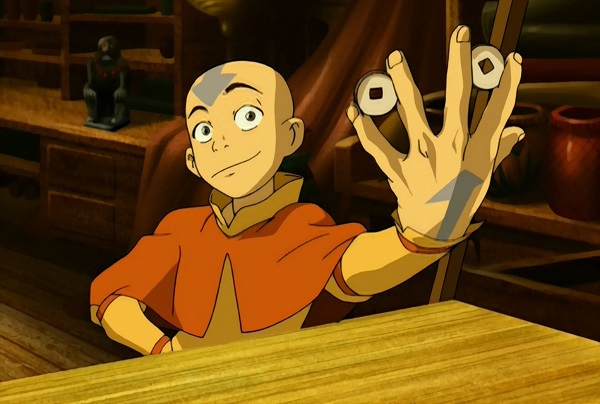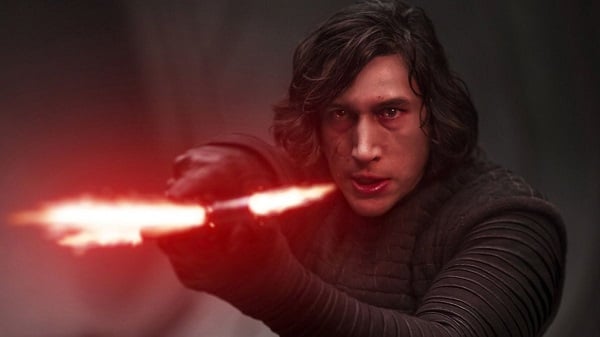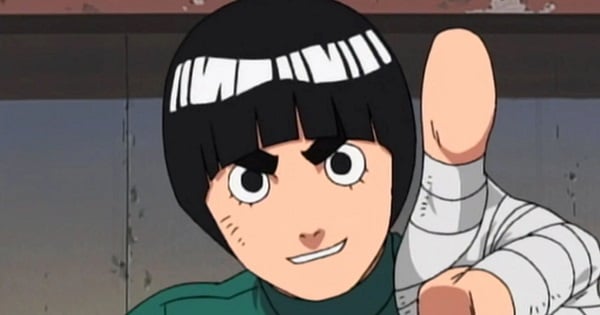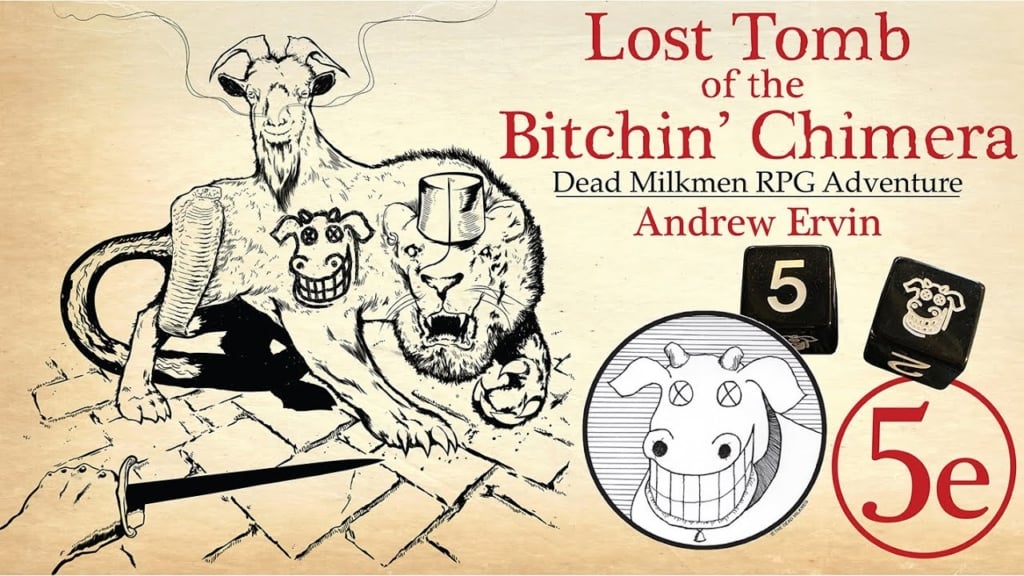D&D: Five Monk Subclasses In Pop Culture
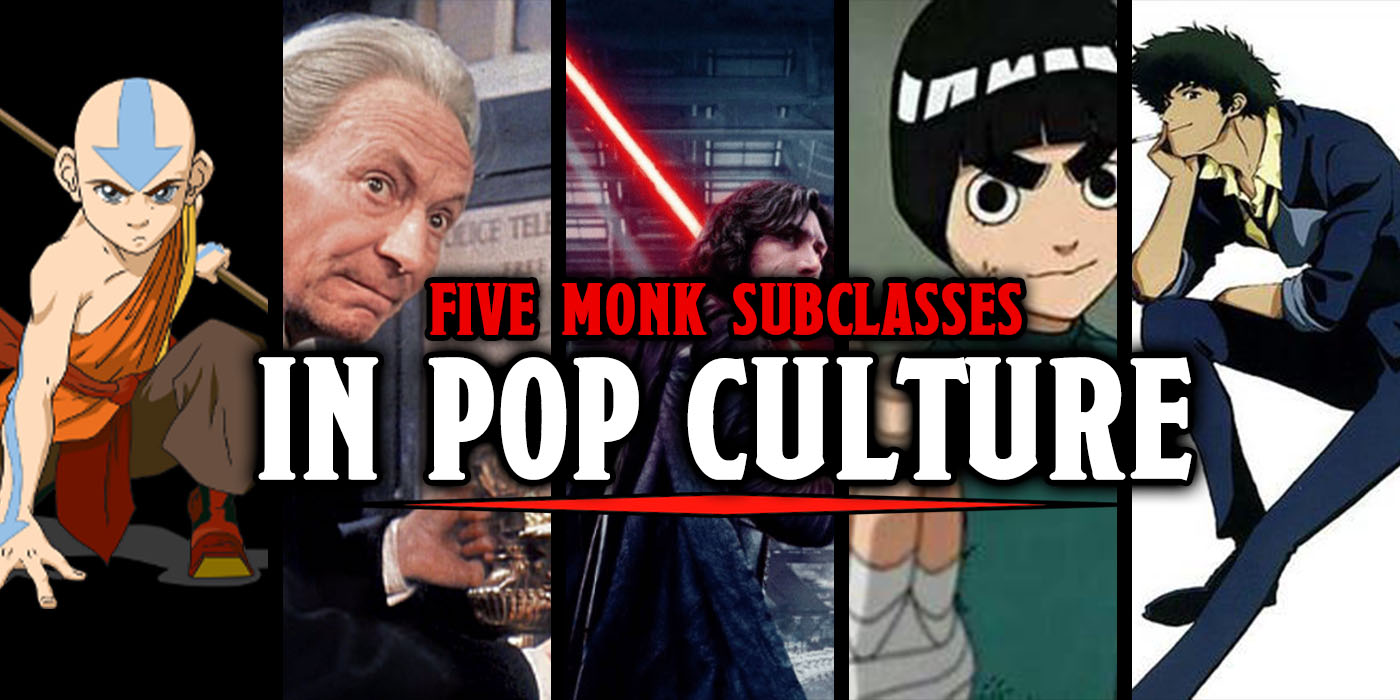

Monks are a versatile, fun, and perhaps slightly overpowered class full of energy experts and martial artists, but what do they look like in movies and TV?
Monks are a fantastic class to play–but it can be hard to find some inspiration for what your character’s like outside of the generic “raised in a martial arts temple” kind of monk. Especially with their penchant for punches–they could easily be kinda one note. But here are some examples of Monks in other media to spark your imagination the next time you roll up a Monk.
Way of the Drunken Master
Spike Spiegel
“The Way of the Drunken Master teaches its students to move with the jerky, unpredictable movements of a drunkard. A drunken master sways, tottering on unsteady feet, to present what seems like an incompetent combatant who proves frustrating to engage. The drunken master’s erratic stumbles conceal a carefully executed dance of blocks, parries, advances, attacks, and retreats.
A drunken master often enjoys playing the fool to bring gladness to the despondent or to demonstrate humility to the arrogant, but when battle is joined, the drunken master can be a maddening, masterful foe.”
Whenever I think of that unpredictable style of self defense that’s somehow fluid and jerky at the same time Spike Spiegel is one of the first characters to come to mind. His fighting style looks more like if dancing and falling flat on your face were combined in a way that managed to be effective in a scrape, but when the chips are down he’s absolutely able to hold his own. “Maddening” is probably exactly how it would feel to get beaten by somebody who looks like they’re currently in the process of falling out of bed.
Way of the Four Elements
Avatar Aang
“You follow a monastic tradition that teaches you to harness the elements. When you focus your ki, you can align yourself with the forces of creation and bend the four elements to your will, using them as an extension of your body. Some members of this tradition dedicate themselves to a single element, but others weave the elements together.
AdvertisementMany monks of this tradition tattoo their bodies with representations of their ki powers, commonly imagined as coiling dragons, but also as phoenixes, fish, plants, mountains, and cresting waves.”
I mean…. who else was it going to be? Bending the four elements? Weaving them together? Representative tattoos? That’s Aang to the letter. And to top it off, within the canon of his own story he is quite literally a monk. It’s like Avatar team was reading the Player’s Handbook.
Way of Tranquility
The Doctor
“Monks of the Way of Tranquility see violence as a last resort. They use diplomacy, mercy, and understanding to resolve conflicts. If pushed, though, they are capable warriors who can bring an end to the unjust or cruel folk who refuse to listen to reason. When adventuring, these monks make excellent diplomats. They are also skilled in the healing arts, and can preserve their allies in the face of daunting foes.”
“Never cruel or cowardly. Never give up, never give in.” Problem solving via diplomacy, mercy, understanding and probably a couple of goofs are (most of) The Doctor’s calling card. Sometimes they get a little punchy and scary, but most of the time it’s all about showing up, fixing a few things, and leaving the place better than they found it.
Way of the Astral Self
Kylo Ren
“Monks of the Way of the Astral Self have an internal struggle with their ki. They see their mystical energy as a representation of their true form, an astral self. This form has the capacity to be a force of good or destruction, with some monasteries training students to either temper their nature or embrace their impulses.”
Internal struggles, mystical energy as a representation of their true self, and the ability to be a force for good or destruction is pretty much the way of the force in general, and few characters wrestle with that line quite as much as Kylo Ren. This is a character who dabbles in the light and the dark until he’s a sort of uncertain muddied color and then keeps on dabbling just to be safe. But he’s also a character who would absolutely have access to astral site, energy deflection, and empowered arms.
Way of the Open Hand
Rock Lee
“Monks of the Way of the Open Hand are the ultimate masters of martial arts combat, whether armed or unarmed. They learn techniques to push and trip their opponents, manipulate ki to heal damage to their bodies, and practice advanced meditation that can protect them from harm.”
Advertisement
As somebody who studied karate for a little while, I really appreciate the monk subclass which can be condensed to “the best real life martial artist you know but with a little magic to keep things spicy.” Also karate more or less means empty hand and open hand / empty hand. It’s definitely a class that’s designed with half a foot in reality on purpose. I decided on Rock Lee for that reason – he’s a character whose focus is on good old (pseud) reality based very very hard work and it makes him one of the best.
Who would you have picked for these D&D monk subclasses? Which monk subclass is your favorite? Which class would you like to see popular culture picks from next? Let us know in the comments!
Happy Adventuring!


